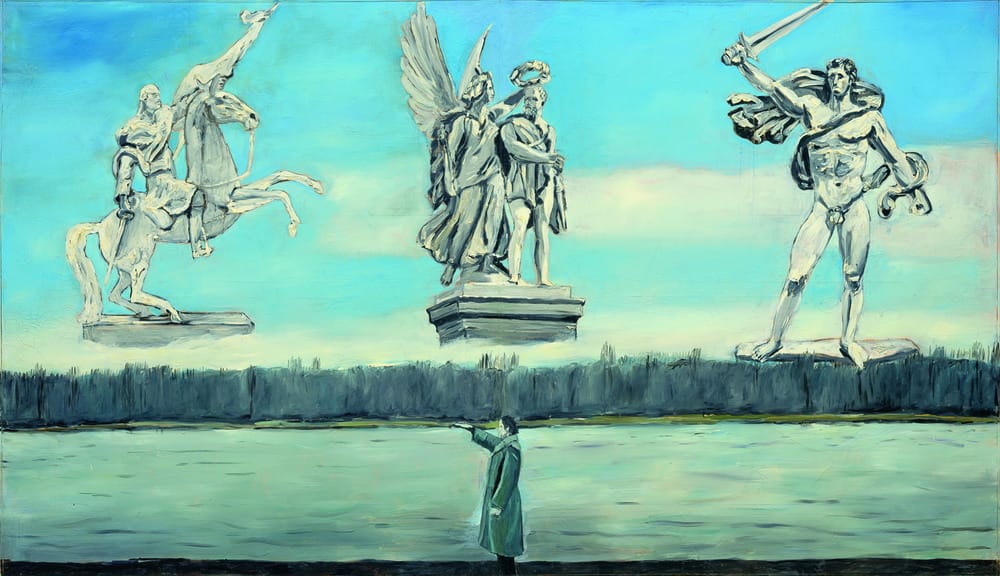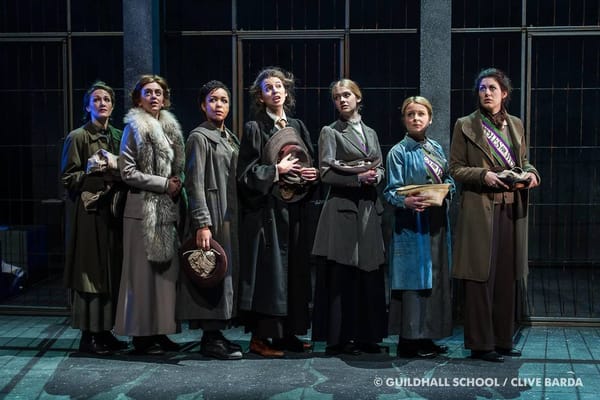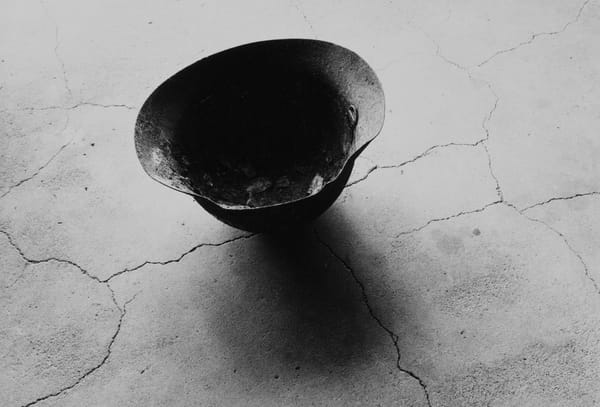Romance and Ruins at the Royal Academy
Max Falkenberg explores Anslem Kiefer's enduring influence

Anselm Kiefer is not an artist to approach in half measures. When I read that, in 1992, he turned his 35 acre studio in Barjac, France, into a giant Gesamtkunstwerk comprised of storerooms, installations, paintings, underground chambers, corridors, striking glass structures and huge lead sculptures, I thought that maybe, in the pretty, well presented halls of the Royal Academy of Art (RAA), a certain undertone of Kiefer’s work may well be lost on me. It wasn’t.
Even without the magnificent structures in which Kiefer originally presented his works, the full spectrum of Kiefer’s creations do not fail to completely shock and awe its audience with horrific, twisted motifs and dark philosophical stories, creating an overwhelmingly powerful critique of Kiefer’s chosen subjects.
In this first major retrospective of Kiefer’s work, the RA has collaborated closely with the artist to present some of his most famous works, alongside installations created specifically for this show, and some of his lesser known works in books and watercolours.
A truly spectacular experience, this retrospective beautifully presents the full breadth of Kiefer’s work and shows the intricate and philosophical development of his inspirations and motifs over the years in an intelligent and powerful exhibition.
Curated by Kathleen Soriano, the show is largely chronological and opens with Kiefer’s earliest work in the late 1960s while he was studying under the realist Peter Dreher.
Right from the get go, the exhibition’s vision and purpose is clear and almost each piece links in beautifully with the next. Almost poetically, Kiefer stays faithful to a handful of motifs which crop up in almost all his work. Two of these motifs explored in particular detail are the German forests and Germany’s Nazi past, present in both his oldest and newest works.
In Kiefer’s series of paintings Heroic Symbols (Heroische Sinnbilder), Kiefer depicts himself in a typical German landscape performing the Sieg Heil alongside classical figures, drawn from Nazi Propaganda.
Originally produced as his final exam piece while studying in Karlsruhe, the piece shocked the establishment then and still provokes an extreme emotional response in some who see it. The collective lack of consciousness that had befallen Germany is directly confronted in this series and remains just as relevant now as a critique of nationalist movements.
As is often the case with artists who radically confront such difficult issues, Kiefer’s earlier years saw him frequently labelled as an anti-Semite. For the 1980 Venice Biennale, Kiefer first presented his painting The Paths of World Wisdom: Hermann’s Battle. On a dark textured forest background, Kiefer has pasted the black and white images of people depicted in Nazi Propaganda, surrounding a small white fire. Based on the Battle of the Teutoburg Forest where Germanic tribes defeated the Roman legions, Kiefer’s work addresses the birth of German nationalism and the ground on which German traditions were built, with the fire expressing the opportunity for the rebirth of a nation.
Dark and overwhelming, the painting draws on the darker side of German history and directly confronts the silent Germany of Kiefer’s childhood. This general feeling runs through the whole exhibition and leaves you in complete awe by the end.
Up to this point I’ve only really spoken about Kiefer’s earlier work, and since talking about specific paintings or sculptures never quite satisfies what I want to say about a piece, I will leave you with one last observation. The week before the exhibition opened to the press, Anselm Kiefer came to the RAA and set out to produce a sculpture specifically for this exhibition.
Ages of the World is a story about man’s inability to comprehend geological time, the romantic aspirations of art, and the poetry of ruins. Constructed from dozens of broken Kiefer Canvasses, photos from his past work, and lead structures, the artwork encompasses the whole room in which it has been created and touches on the frailty of Earth in the Universe.
Kiefer’s obsession with the cyclical nature of time and the idea that science can answer everything and nothing can be seen throughout every crevice of this monstrous creation. The lead mushrooms again draw on the idea of the rebirth of a ruined Earth with Kiefer having stated often in the past that lead is the only substance which can hold the weight of human history.
Together these elements join to create a sculpture which not only draws in the audience but leaves them completely mesmerised, and this happens over and over again in this exhibition.
Every artwork in this retrospective seems to fit perfectly in its surroundings and as a whole, the exhibition tells a beautiful story. Whether you like Kiefer’s work or not, he is undoubtedly now one of the world’s greatest living artists.
Anslem Kiefer is on at the Royal Academy until 14th December









